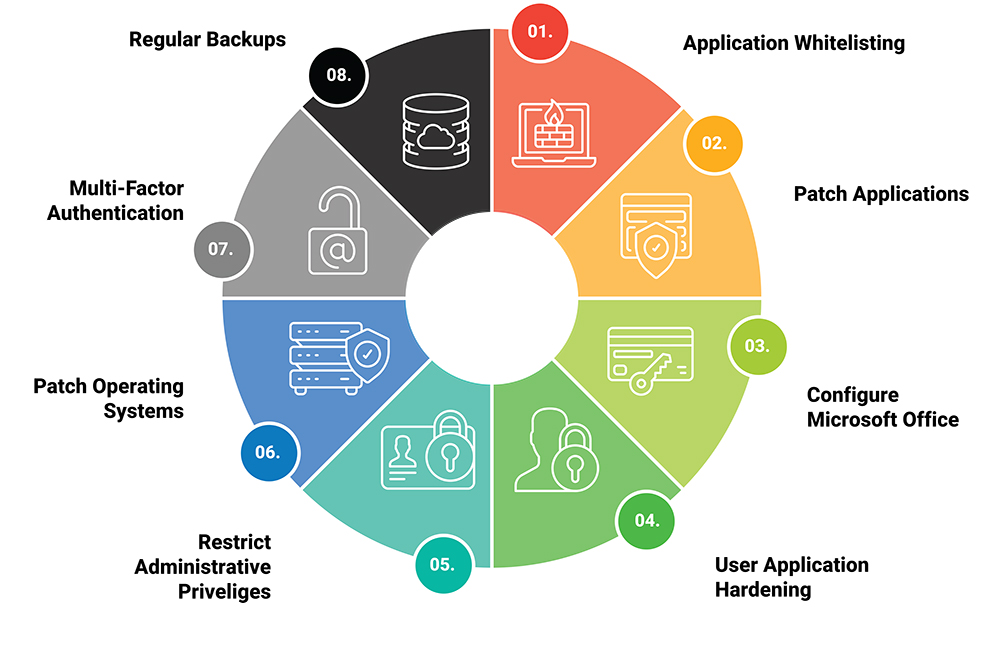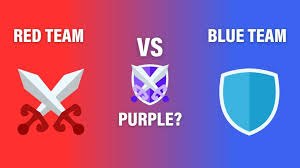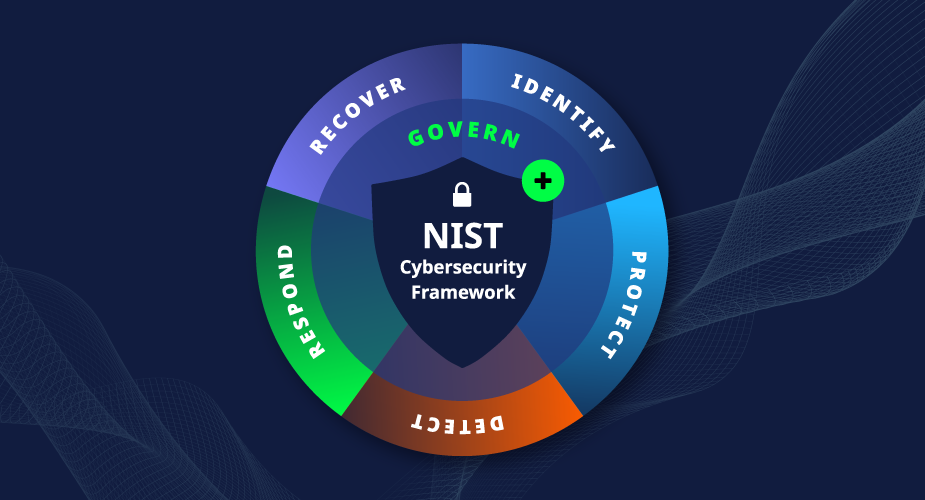In Australia’s shifting digital landscape, cyber threats are advancing faster than ever. Businesses like yours cannot afford to be passive about security. Modern attackers are persistent and creative, so your defences must keep pace. When it comes to proactively finding and fixing vulnerabilities, industry experts refer to two proven approaches: Red Team and Purple Team strategies. But what sets these methodologies apart, and which one is best for your business? Let’s look at how these offensive security strategies work so you can make an informed choice.
Penetration Testing Versus Red Team Exercises
Before diving into Red and Purple Teams, it helps to clarify how these approaches differ from traditional penetration testing. Penetration testing involves ethical hackers identifying and attempting to exploit weaknesses within your environment, but with a clearly defined scope and agreed-upon methods. The aim is to discover known vulnerabilities before cybercriminals can take advantage.
Red Team exercises take this further. Rather than a checklist of vulnerabilities or compliance requirements, Red Team engagements simulate persistent real-world attacks across your entire organisation. Using tactics, techniques, and procedures modelled after genuine adversaries, the Red Team attempts to breach your security controls, evade detection, and achieve specific goals, like accessing sensitive data or disrupting operations.
Red Team operations are more holistic, measuring not just your technology, but also the readiness of your people and processes. They answer the critical question: “How would a real attack unfold against my business, and would we notice in time?”
What Makes a Purple Team Different?
While Red Team engagements are designed to test your security without help from internal defences, a Purple Team operates with a more collaborative mindset. The “purple” approach combines the offensive expertise of Red Teams with the defensive capabilities of your Blue Team (security operations, IT, and incident response staff).
Instead of operating in secrecy, Purple Teams work together with your internal teams, sharing insights in real time. When the offensive side spots a gap, the defensive staff can see exactly how the intrusion occurs, learn from it, and immediately refine controls or detection capabilities.
Key advantages of a Purple Team include:
- Real-Time Knowledge Sharing: Your staff learns directly from simulated attacks as they happen, leading to rapid upskilling.
- Faster Remediation: Defensive measures and incident response plans can be tested and improved on the spot.
- Long-Term Resilience: The process helps embed a culture of continuous learning and improvement within your security function.
Purple Teaming is especially effective for Australian businesses keen to empower their internal teams and turn lessons from testing into lasting security gains.
How Offensive Security Strategies Strengthen Your Defences
Both Red and Purple Team methodologies offer clear value, but the right choice depends on your goals.
- Red Team engagements provide a genuine stress test for your entire security operation. They reveal blind spots, test processes, and show how a coordinated attacker could bypass your controls. This approach is ideal if you need to benchmark your entire cyber security posture or prepare for advanced, targeted threats.
- Purple Team exercises deliver immediate knowledge transfer, helping your internal teams build stronger detection and response capabilities. If you want your staff to grow their skills and adapt in real time, this collaborative process is invaluable.
By using either or both of these strategies, you move from being reactive to proactive. Instead of just waiting for threats to appear, you actively uncover weaknesses before they become incidents. This kind of proactive offensive security is what modern businesses need to protect data, minimise downtime, and avoid the rising costs of cybercrime.
Why Proactive Security Matters for Your Business
Australian organisations face relentless attacks from criminals exploiting everything from phishing emails to cloud vulnerabilities. The best way to defend yourself is to think like an attacker and test your security using the same tactics they employ.
Combining proactive exercises (like penetration testing and Red Teaming) with ongoing collaboration (such as the purple team cyber security approach) ensures you’re not just meeting compliance but genuinely protecting your business and customers.
For a truly robust cyber defence, these offensive strategies should complement your overall posture, including network monitoring, threat intelligence, and continuous online security awareness training for your people.
Take the Next Step With White Rook Cyber
White Rook Cyber has helped Australian businesses across diverse sectors unlock their true defensive potential through a range of advanced cyber-security services. Whether you need an independent Red Team assessment to test your readiness or an integrated Purple Team exercise to upskill your staff, our experts can tailor a solution to suit your risk profile and business goals.
Ready to uncover hidden vulnerabilities and empower your team to take control of your security future? Contact White Rook Cyber today to discuss how Red and Purple Team strategies can transform your defences, protect your reputation, and keep your operations resilient in today’s threat landscape.





